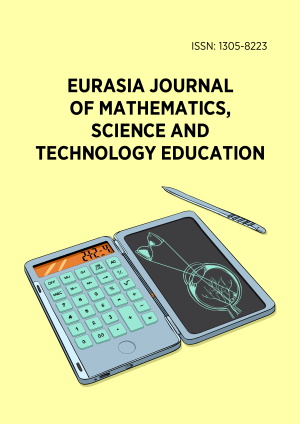Abstract
An analysis was conducted of university teachers’ beliefs regarding the design of mathematical tasks. This mixed-methods research was carried out in three phases: participant selection, data collection, and data analysis. The sample consisted of 100 university mathematics professors. Data collection was conducted using a questionnaire focused on beliefs about the design of mathematical tasks. Exploratory factor analysis and confirmatory factor analysis were used for data analysis and validation. The results revealed two main components of beliefs: cognitive demand, socio-affective and evaluative aspects (C1), and accessibility and adaptability (C2). In conclusion, it was observed that university professors, when designing mathematical tasks, do not consider the importance of theories in mathematics education, which could limit their students’ mathematical understanding.
License
This is an open access article distributed under the Creative Commons Attribution License which permits unrestricted use, distribution, and reproduction in any medium, provided the original work is properly cited.
Article Type: Research Article
EURASIA J Math Sci Tech Ed, Volume 21, Issue 8, August 2025, Article No: em2673
https://doi.org/10.29333/ejmste/16641
Publication date: 01 Aug 2025
Online publication date: 24 Jul 2025
Article Views: 1588
Article Downloads: 859
Open Access References How to cite this article
 Full Text (PDF)
Full Text (PDF)